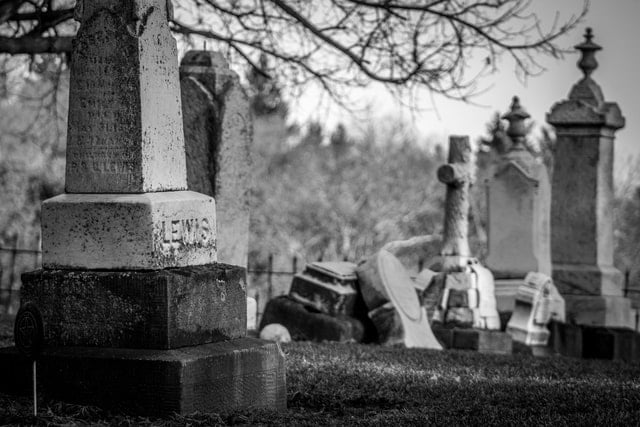Deaths in the community
Last week (17 December 2020), the MoJ and Office for National Statistics published one of its least welcome statistical bulletins of the year – “Deaths of offenders in the community, England and Wales, 2019/20” provides details of all the people who died in the last financial year while under the supervision of the probation service.
The headline figure for this year is that there were 1,002 deaths of offenders in the community. Although the statistical bulletin notes that this was a welcome drop of 8% from 1,094 deaths in 2018/19, it fails to note that the real fall was much smaller since the number of people subject to probation supervision fell by 5% over the same period.
Main findings
The headline findings were:
- 544 deaths (54% of total) in the community were offenders serving court orders in 2019/20, an increase of 1% from 536 deaths (49% of total) in 2018/19.
- 458 deaths (46% of total) in 2019/20 were offenders on post release supervision, a decrease of 13% from 526 deaths (48% of total) in 2018/19.
- There were decreases in all death classifications in 2019/20, the largest decrease was for accidental deaths, which decreased 39% from 88 in 2018/19 to 54 to 2019/20.
- Self-inflicted deaths decreased by 3% from 359 in 2018/19 to 349 in 2019/20 (35% of all deaths).
- Deaths from natural causes decreased by 4% from 336 in 2018/19 to 322 in 2019/20 (32% of all deaths).
- 22% of deaths remained unclassified.
- 600 deaths (60% of total) in the community were offenders supervised by CRCs in 2019/20, a decrease of 16% from 716 deaths (65% of total) in 2018/19.
- 402 deaths (40% of total) in the community were offenders supervised by the NPS in 2019/20, an increase of 6% from 378 deaths (35% of total) in 2018/19.
Apparent cause of death
There were decreases across all death classifications in 2019/20, with the largest decrease being for accidental deaths, which decreased by 39% from 88 in 2018/19 to 54 in 2019/20.
Self-inflicted deaths accounted for 35% of deaths in 2019/20, up from 33% in 2018/19. The proportion of self-inflicted deaths has gradually increased from 21% in 2010/11. There were 349 self-inflicted deaths in 2019/20, a 3% decrease from 359 in 2018/19.
The category of ‘self-inflicted death’ in this data set is not used in the same way as in the ‘Safety in Custody’ statistics and is much broader than that of ‘suicide’ in the general population statistics produced by ONS. The statisticians warn that this means that caution is advised when attempting any comparisons with these other data sets.
There were 322 deaths from natural-cause in 2019/20, a decrease of 32% from 336 deaths in 2018/19. Deaths due to natural causes account for 32% of all deaths in the community in 2019/20, a slight increase from 31% of total deaths in 2018/19.
The number of deaths by natural causes has historically been higher than self-inflicted deaths, but the difference has narrowed since 2010/11. The number of self-inflicted deaths has exceeded the number of deaths from natural causes for the last two years.
The proportion of deaths where the apparent cause was reported as unclassified remained unchanged at 22% in 2019/20, although decreased from 26% in 2017/18.
One of the most worrying figures in this year’s bulletin is that more than one in seven (14.4%) people who died on post-release supervision — 66 human beings — did so within just 28 days of release.
Conclusion
It also seems like a sad duty to share the figures from this annual bulletin (published 6 weeks later than usual this year). It is with particular trepidation that we await next year’s figures and the impact of the much reduced support services available to be people on probation caused by coronavirus.
Thanks to Wendy Scofield for permission to use the header image previously published on Unsplash.





